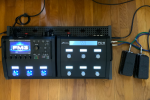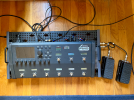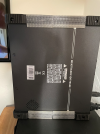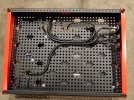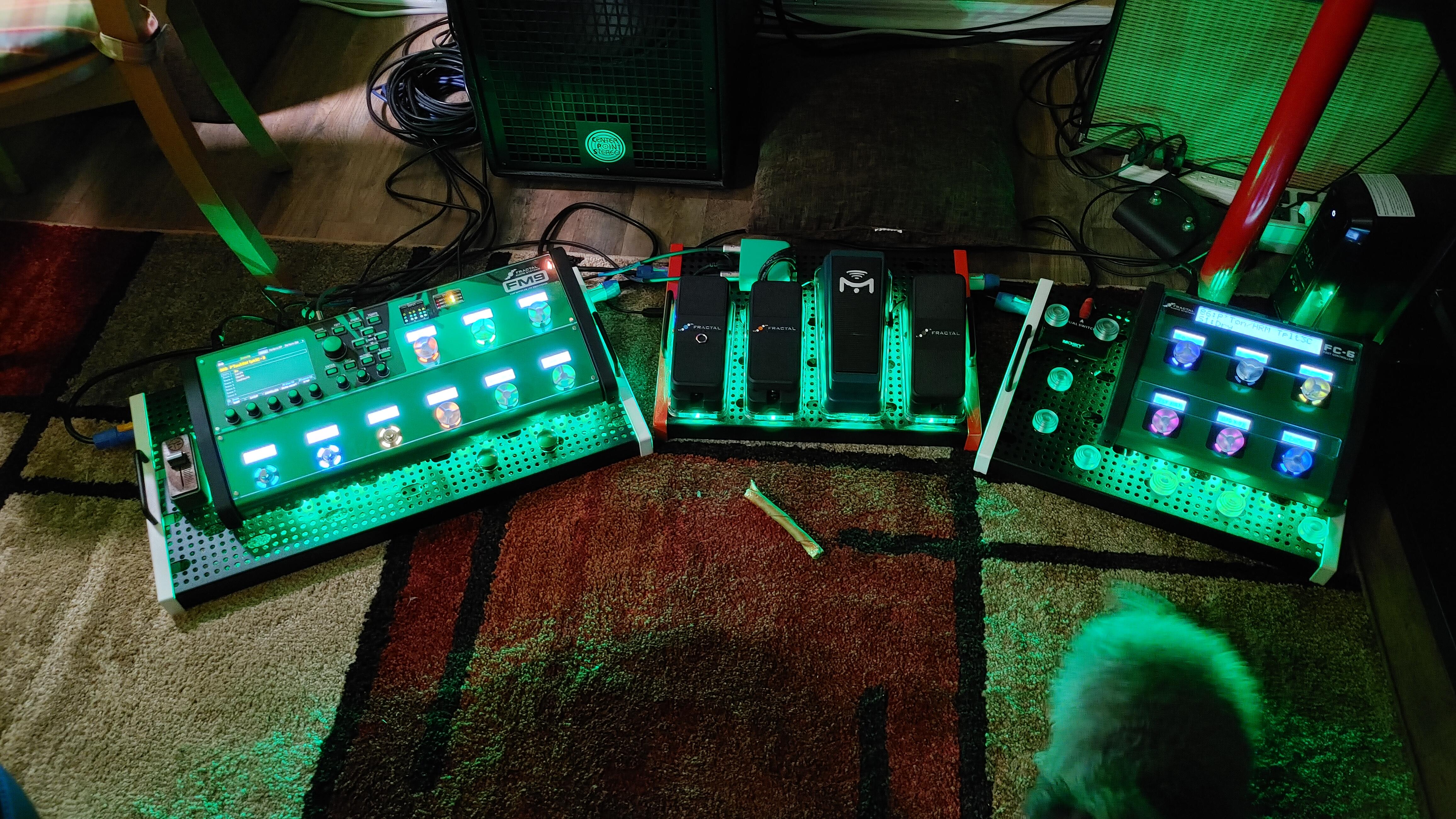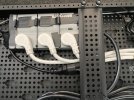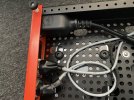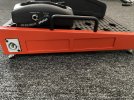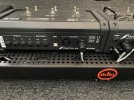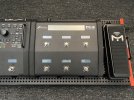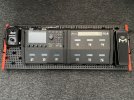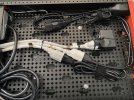beteasta351
Member
Hey all! I had a quick question about using the FM3 with a Templeboard.
I really want to lock the FM3 into the templeboard, which would mean removing the feet. I am little bit concerned about ventilation of the FM3. The Templeboard has lots of slots in it, I'm assuming for ventilation. Has anybody tried this before? Does it pose an issue to the FM3 in terms of overheating? I would not want to ruin my device haha...
Here's a link to the Templeboard website...
https://www.templeaudio.com/
Thanks!
Cheers,
Matt
I really want to lock the FM3 into the templeboard, which would mean removing the feet. I am little bit concerned about ventilation of the FM3. The Templeboard has lots of slots in it, I'm assuming for ventilation. Has anybody tried this before? Does it pose an issue to the FM3 in terms of overheating? I would not want to ruin my device haha...
Here's a link to the Templeboard website...
https://www.templeaudio.com/
Thanks!
Cheers,
Matt

